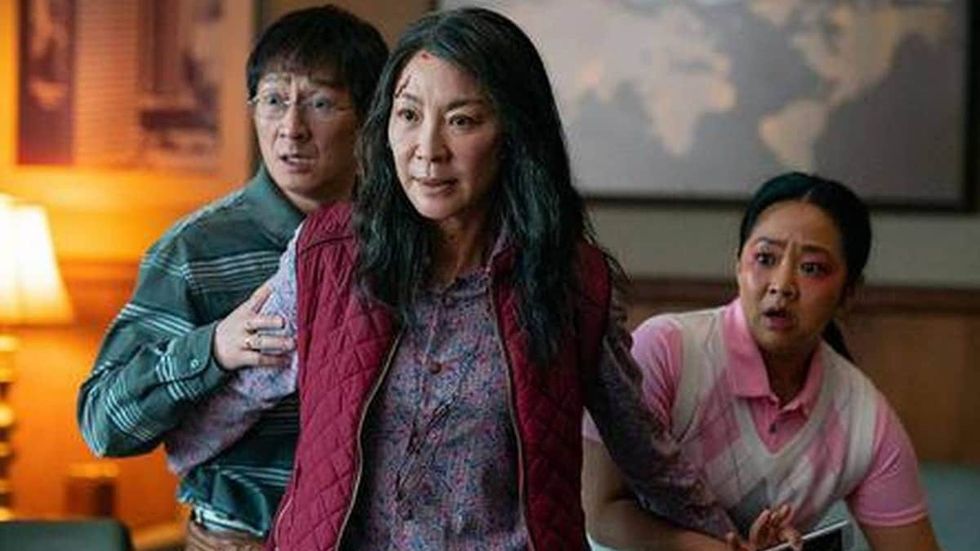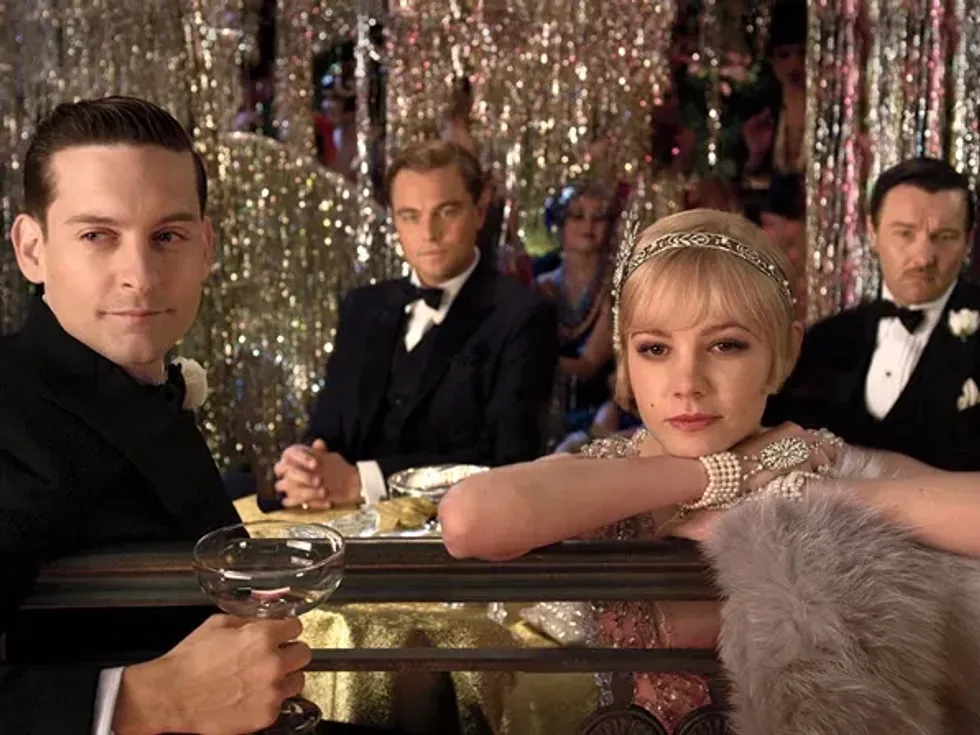
In the world of filmmaking, literary devices have become crucial to the filmmaker’s toolbox. Each technique serves a unique purpose, and understanding them can greatly enhance a filmmaker’s ability to convey their message effectively.
The one we’re focusing on today is polysyndeton.
But what is it, and how do you use it?
In this article, we’ll explore what polysyndeton is, provide some examples, and discuss how filmmakers can use it to their advantage.
Let’s get started.
Polysyndeton: Lesson and Activity
www.youtube.com
Polysyndeton Definition
Polysyndeton is a rhetorical device that involves the repeated use of conjunctions (such as “and,” “or,” “but”) in close succession within a sentence, clause, or phrase.
Unlike its counterpart, asyndeton (which involves omitting conjunctions for a more concise expression), polysyndeton deliberately uses conjunctions to create an emphatic and repetitive effect.
This technique can be a powerful tool in the hands of filmmakers and screenwriters, as it can serve various purposes in storytelling.
How Filmmakers Use Polysyndeton

So, how are filmmakers actually using this technique? Well, I think most of it happens in dialogue, and maybe in screenwriting within scene description.
But there are lots of reasons to use it:
- Emphasizing Emotion: Polysyndeton can be used to amplify the emotional intensity of a scene. When characters express their feelings with a string of conjunctions, it can evoke a sense of urgency, passion, or desperation, allowing the audience to connect more deeply with their emotions.
- Creating Rhythm: Filmmakers can use polysyndeton to establish a specific rhythm in dialogue or narration. This rhythmic quality can make the dialogue more engaging and memorable.
- Highlighting Repetition: Polysyndeton is an effective way to draw attention to recurring themes or ideas in a film. By repeating conjunctions, filmmakers can emphasize the importance of certain concepts or motifs.
- Building Tension: The repetitive use of conjunctions can build tension and suspense in a scene. It can create a sense of anticipation as characters struggle with conflicting emotions or decisions.
Polysyndeton Examples

There are lots of examples across film and TV, but they’re subtle. It’s one of those things that you know when you know.
So let’s take a peek at some examples to sort it out.
- Pulp Fiction (1994): Quentin Tarantino is known for his unique storytelling style, and this movie is a prime example of his use of polysyndeton. In the film, characters engage in lengthy and seemingly endless conversations, often punctuated by repeated conjunctions. For instance, Jules Winnfield (Samuel L. Jackson) says, “I’m tryin’ Ringo. I’m tryin’ real hard to be the shepherd,” where the repetition of “I’m tryin'” adds emphasis to his struggle with morality.
- The Great Gatsby (2013): In Baz Luhrmann’s adaptation of F. Scott Fitzgerald’s classic novel, the character Jay Gatsby (Leonardo DiCaprio) frequently uses polysyndeton to express his passionate yearning for Daisy Buchanan. For example, he says, “I want to see her. I want to see her.” The repetition of “I want to” underscores Gatsby’s intense desire to be reunited with his lost love.
- Glengarry Glen Ross (1992): In this film, based on David Mamet’s play, the characters engage in fast-paced, heated dialogues filled with polysyndeton. The real estate salesman Blake (Alec Baldwin) delivers a memorable speech where he repeatedly uses conjunctions to berate and motivate his colleagues. The relentless use of “and” and “but” in his speech creates a sense of urgency and pressure. “Always be closing” is repeated over and over.
Aspiring filmmakers and screenwriters should consider adding this powerful tool to their storytelling repertoire, as it can help convey their narrative and characters’ emotions more effectively on the big screen.
So, the next time you watch a film, keep an ear out for polysyndeton, as it might just reveal a new layer of storytelling brilliance.
Let me know what you think in the comments.
Author: Jason Hellerman
This article comes from No Film School and can be read on the original site.
